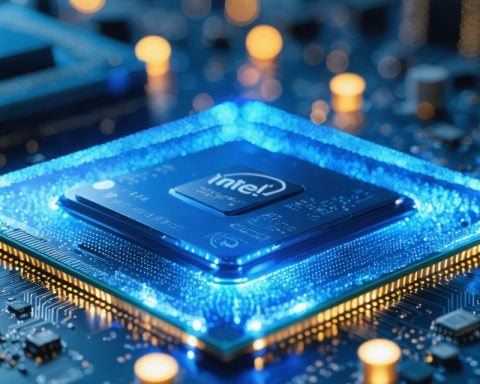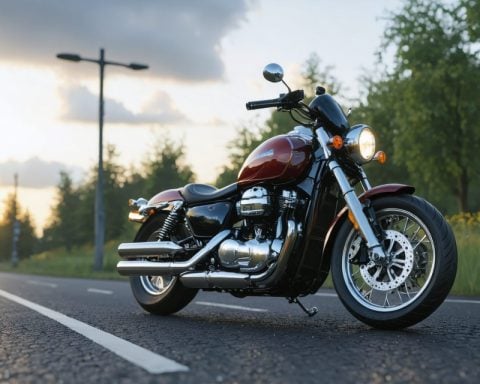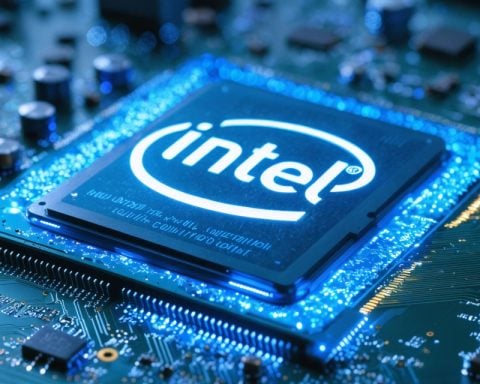1) The Devastating Wither Boss Battle
The Bedrock edition of Minecraft amps up the challenge when it comes to fighting the wither boss. With twice the amount of health as its Java counterpart, it is a formidable foe. Additionally, the Bedrock wither has the ability to destroy blocks and spawns deadly wither skeletons when it reaches half health. The increased difficulty in defeating this boss makes survival in Bedrock edition more challenging.
2) Redstone Woes
Redstone, the electrical system in Minecraft, is less advanced in Bedrock edition compared to Java. Missing features like quasiconnectivity and less effective observers make it difficult to build complex redstone contraptions. This limitation hampers the ability to create efficient farms and machines that Java players enjoy. The lack of advanced redstone mechanics adds another layer of difficulty to Bedrock edition.
3) Building Limitations in the Nether
In Java edition, players can build above the Nether’s bedrock ceiling, allowing for easy setup of travel hubs and efficient farms. However, this advantage is not available in Bedrock edition. The absence of this building space makes survival in the Nether more treacherous, as players must navigate the dimension without the convenience of fast travel hubs or hyper-efficient farms.
4) Increased Mob Density
Bedrock edition has a default lower simulation distance for mobs compared to Java edition. This means that dangerous areas such as trial chambers, strongholds, and ravines are swarming with more hostile mobs in a smaller space. Navigating these treacherous areas becomes even more challenging in Bedrock edition, intensifying the survival experience.
5) Slower Healing Process
A subtle yet impactful difference between Bedrock and Java editions is the lack of saturation healing in Bedrock. Java edition allows players to heal quickly by converting saturation into additional health regeneration. In Bedrock edition, players are limited to the slower basic health regeneration. The slower healing process puts Bedrock players at a disadvantage, making it easier to succumb to overwhelming damage.
6) Limited Information with no Debug Screen
Java edition offers a valuable debugging feature that provides players with crucial information about their surroundings, such as specific biome, local difficulty, and coordinates. Unfortunately, Bedrock edition lacks this helpful tool, leaving players with minimal information. This absence of detailed information adds another layer of challenge to Bedrock edition survival.
7) Troublesome Villager Trading
In Java edition, resetting villager trades for better offers is relatively straightforward. Once a villager is connected to a workstation, they tend to stick with it until the trades are locked. However, Bedrock edition introduces randomness to villagers’ professions, making it harder to set up trading halls and reset trades. Players must go through the cumbersome task of finding the specific villager that connects to the workstation each time trades need to be checked.
In conclusion, Minecraft Bedrock edition presents its players with several challenges that distinguish it from the Java edition. From tougher boss battles and limited redstone capabilities to restricted building options and increased mob density, surviving in Bedrock edition requires a unique set of skills and strategies.
Some additional facts and relevant information about Minecraft Bedrock vs Java:
1) Cross-Platform Compatibility: One major advantage of Bedrock edition is its cross-platform compatibility. Players on different devices, such as Xbox, PlayStation, Nintendo Switch, Windows 10, and mobile, can play together in the same Minecraft world. This feature allows for a larger community and more diverse gameplay experiences.
2) Marketplaces and In-Game Purchases: Bedrock edition has an integrated marketplace where players can purchase skins, texture packs, maps, and other content directly in the game. This provides a convenient way for players to customize their gameplay experience, but some argue that it introduces a pay-to-win element.
3) Modding and Customization: Java edition is known for its extensive modding community, allowing players to create and install custom mods that greatly enhance the game’s features and mechanics. While Bedrock edition also supports add-ons and customizations, the options are more limited compared to the Java version.
4) Server Options: Java edition provides more flexibility in terms of hosting and customizing multiplayer servers. Players have more control over server settings and can easily create and join private or public servers. Bedrock edition, on the other hand, relies on dedicated server software and has more limited server customization options.
5) Performance and Stability: Bedrock edition is generally considered to have better performance and stability compared to Java edition. It is optimized for different platforms and often runs smoother, especially on lower-end devices. However, some players argue that Bedrock edition sacrifices certain features and mechanics for the sake of performance.
6) Third-Party Software: Java edition allows players to use third-party software like Minecraft Forge or Fabric, which opens up even more possibilities for modding and customization. These software tools are not available for Bedrock edition, limiting the extent to which players can modify the game.
7) Community and Player Skill Level: The Minecraft community is often divided between Java and Bedrock edition players. Java edition has a long-standing and established player base, with a strong focus on competitive gameplay, complex redstone mechanisms, and intricate building designs. Bedrock edition tends to have a larger player base but is often seen as more casual-oriented, with a greater emphasis on creativity and exploration.
8) Official Support and Updates: Both Bedrock and Java editions receive regular updates and new features from Mojang Studios. However, Bedrock edition typically receives updates sooner than Java edition, as it is the version that is developed and maintained primarily for cross-platform compatibility.
9) Controversies and Community Preferences: The choice between Bedrock and Java edition often sparks debates among Minecraft players. Some prefer the features and mechanics of Java edition, while others appreciate the convenience and accessibility of Bedrock edition. It ultimately comes down to personal preferences and the desired gaming experience.
10) Advantages and Disadvantages Summary:
– Bedrock edition’s cross-platform compatibility and performance optimizations make it accessible and smooth to play on various devices.
– Java edition’s extensive modding community and customization options provide more flexibility and diverse gameplay experiences.
– Bedrock edition’s marketplace offers convenient in-game purchases for customization, but some argue it introduces a pay-to-win element.
– Java edition’s server options and third-party software allow for more control and customization in multiplayer experiences.
– Bedrock edition’s increased player base and focus on casual gameplay may appeal to those seeking a more creative and exploratory approach.
For more information on Minecraft Bedrock vs Java, you can visit the official Minecraft website here.



















